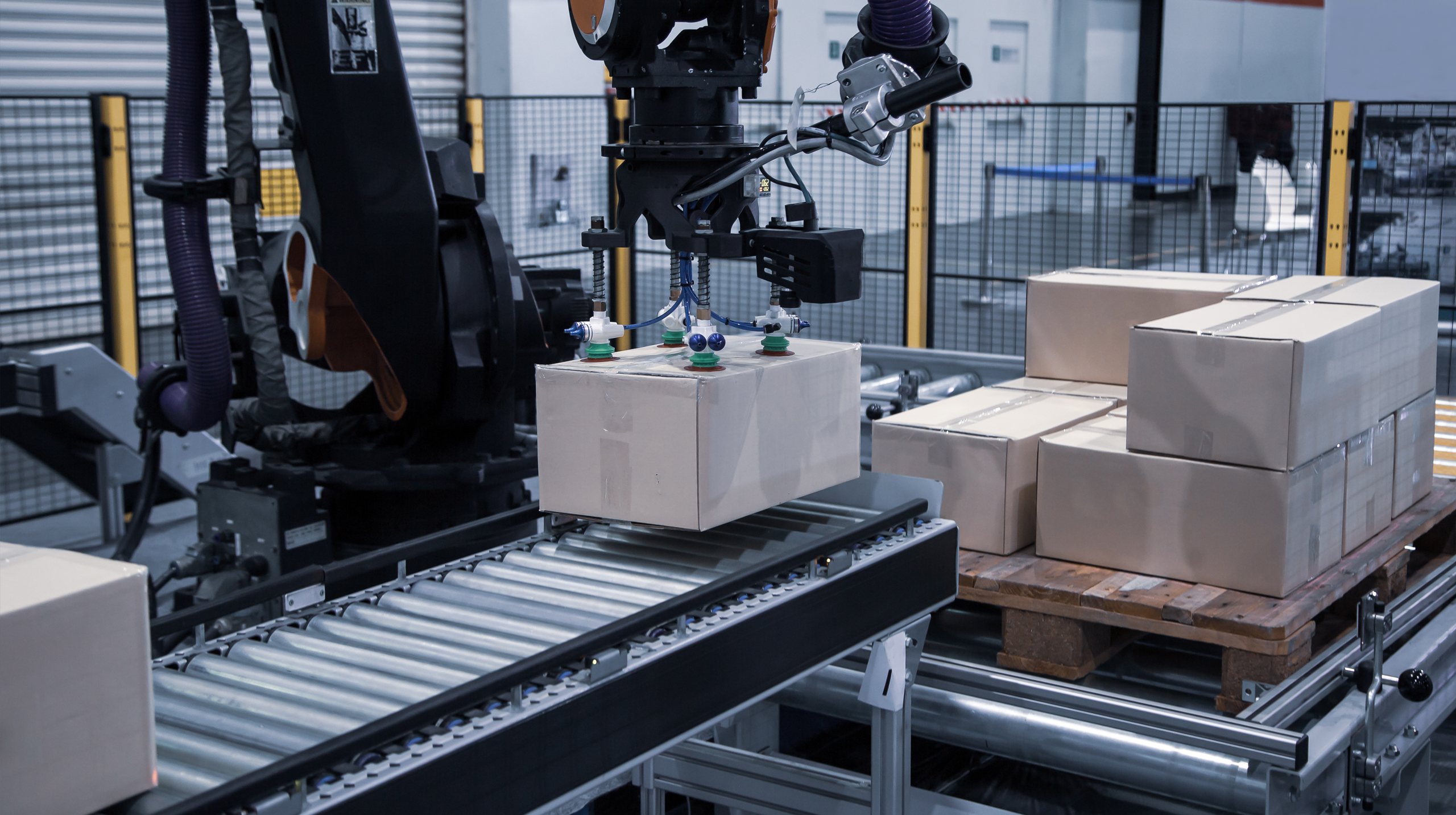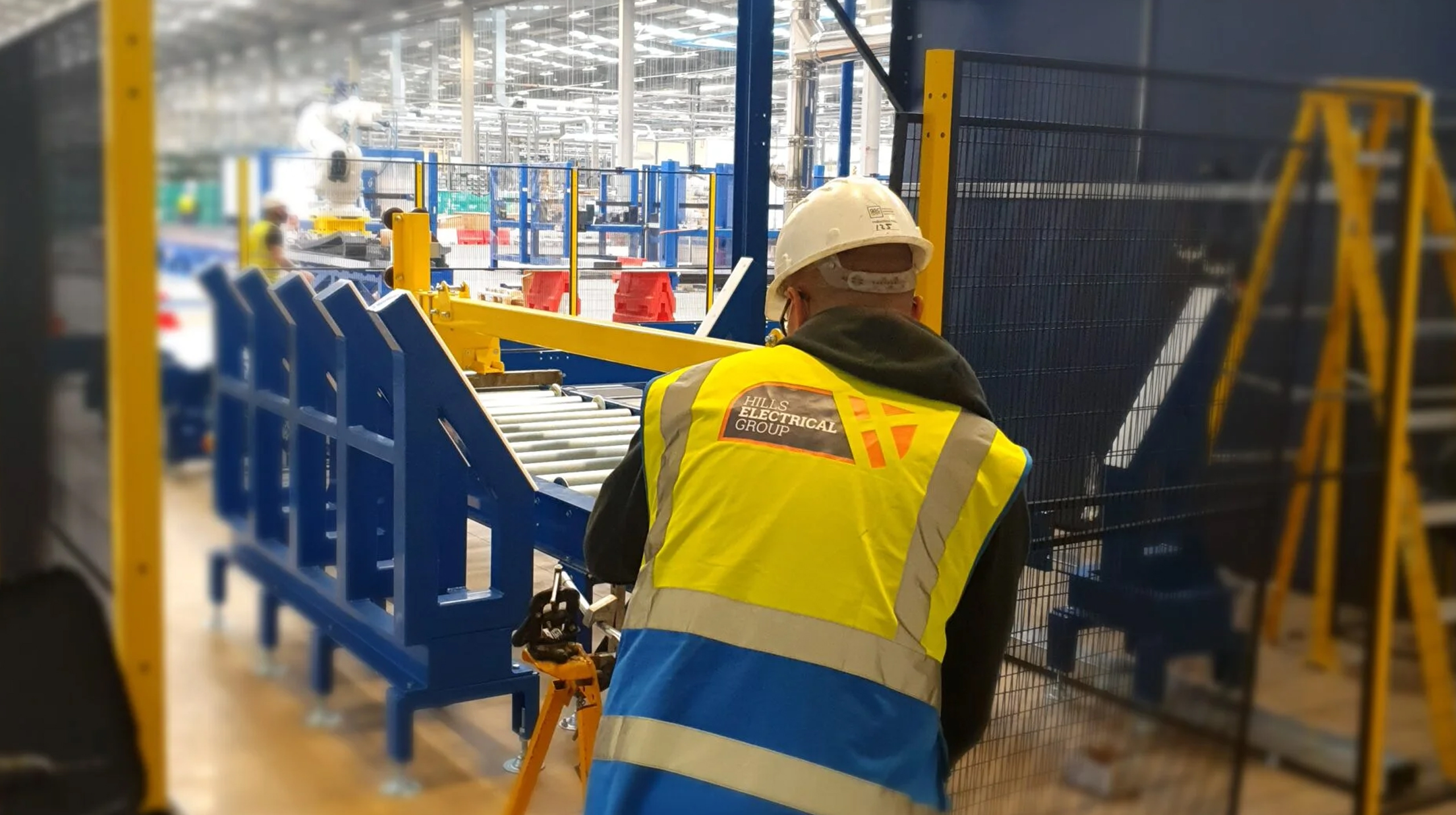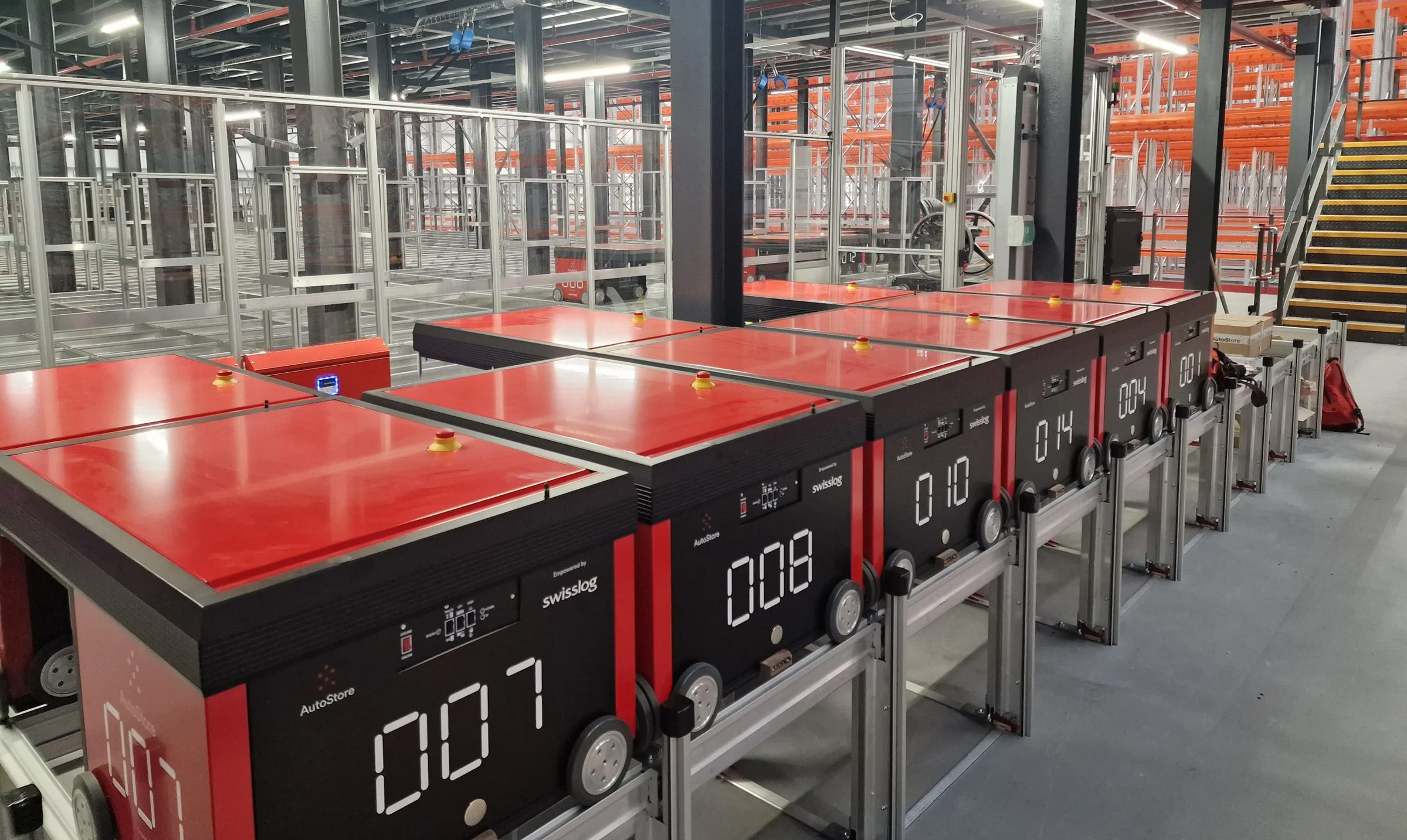We Are Now Autostore Installation Certified
Speak to a member of our team
Get in TouchScrew and the spiral conveyor solutions are often confused. After all, both rely on a rotating mechanism to carry materials. But that’s about where the similarities end. In reality, a screw conveyor and spiral conveyor system are like chalk and cheese. From the way they transport goods to what products they move from a to b. Read on to discover the many differences between the two conveyors and some essential guidance on what system you should use for warehouse automation.
Screw conveyors use a rotating screw within a tube or trough to push materials from one place to another, following a horizontal, vertical or inclined path. In contrast, spiral conveyors use a traditional belt-based system to either escalate goods up or down in one twisting motion. From these two definitions, there are several distinctions you can make.
For starters, the direction in which the screw conveyor pushes a product defies all linear limits. This factor allows screw conveyor specialists such as Hills Electrical Group to create customised solutions for every possible angle.
However, the spiral conveyor is not so supple. It only lifts products vertically from one level to another, connecting overhead systems with those at ground level. To do so, the spiral conveyor uses a belt, whereas a screw conveyor uses its rotating screw thread for transportation.
Housed within a tube, the screw inside a screw conveyor goes to work within a closed-off environment. The atmosphere inside of the tube can be controlled, enabling products to be heated or dried as they move. Spiral conveyors don’t have this capability, as they carry materials out in the open.
Yet, the fly in the ointment with screw conveyors is the system can only carry liquids or small solids due to their design. With belts of all dimensions that can gently ship goods at all speeds, the spiral conveyor is much better for the careful movement of fragile cargo.
Conveyor systems of all shapes and sizes bring many big benefits to an organisation, such as automating processes, maximising productivity and improving outputs. Yet, screw conveyors are unique. Their beltless design enhances energy efficiency and is an ideal way to carry powders and liquids. Just try doing that on a belt. The only drawback is its robust design. Due to its aggressive movement, handling dainty objects isn’t in its wheelhouse.
Unlike the screw conveyor, its spiralling counterpart is ideal for the gentle transition of goods from one system to another. Its steady hand is often utilised across many product types, both big and small. These products will be moving across different levels of the warehouse way up high or down low, becoming an essential solution to maximise space within the facility. However, there are other minor disadvantages mostly stemming from the use of a belt within the conveyor. You’ll find some of these outlined below.
It’s tricky to put a price tag on conveyor solutions, as it depends on its size, design and function. For example, the price of a screw conveyor can range between £2,000 and £20,000, whereas a spiral conveyor solution is more likely to fall between the £5,000 and £15,000 bracket. There are also other costs to consider, especially regarding how much energy the solution needs to run.
The more expensive solutions tend to expend the least energy, as you would expect. In turn, these solutions may end up saving your business a great deal of cash within a short space of time. Maintenance is another key costing consideration. Some solutions will break down more often than others. Our advice? Always partner with a conveyor system expert that commits to offering ongoing support, such as Hills Electrical Group.
Having designed and installed many conveyor systems, we’re here to offer expert guidance for your business. To find out more, get in touch with us today.
Or if you enjoyed reading this blog on differences between a screw conveyor and spiral conveyor, check out some of our other content:
Stay up to date by following us on LinkedIn.




Feel free to fill out our form below and a member of our team will be in touch.